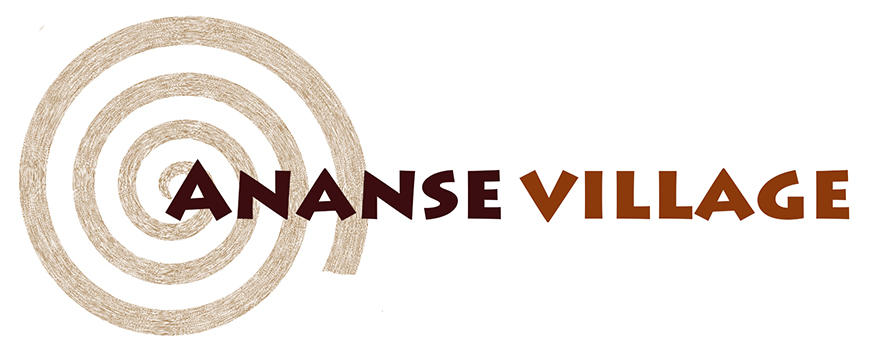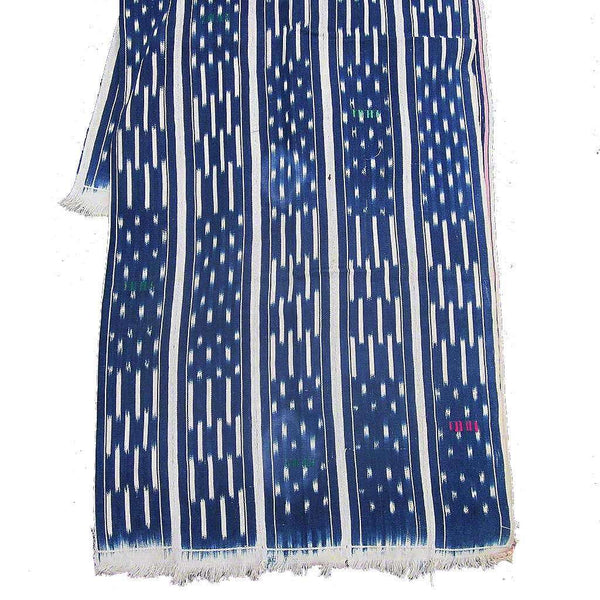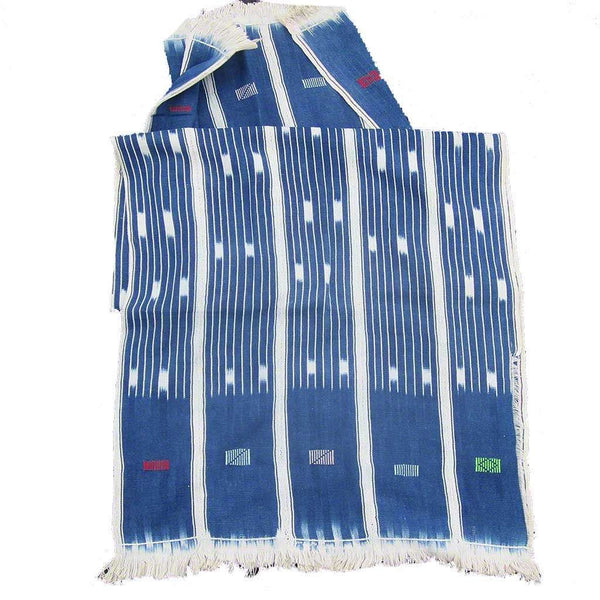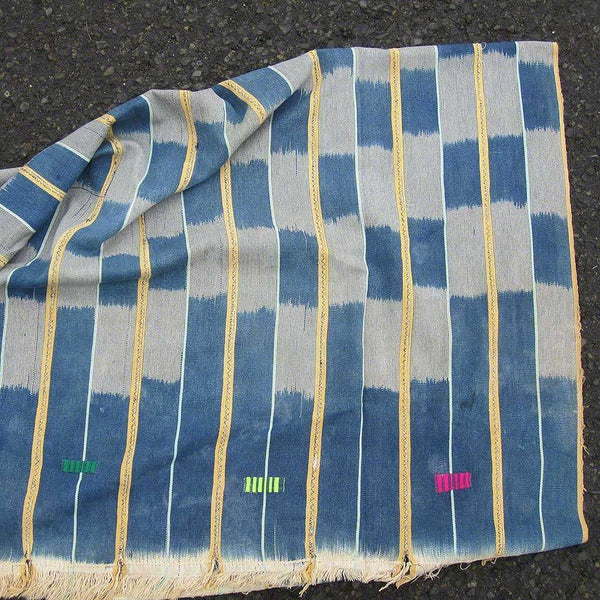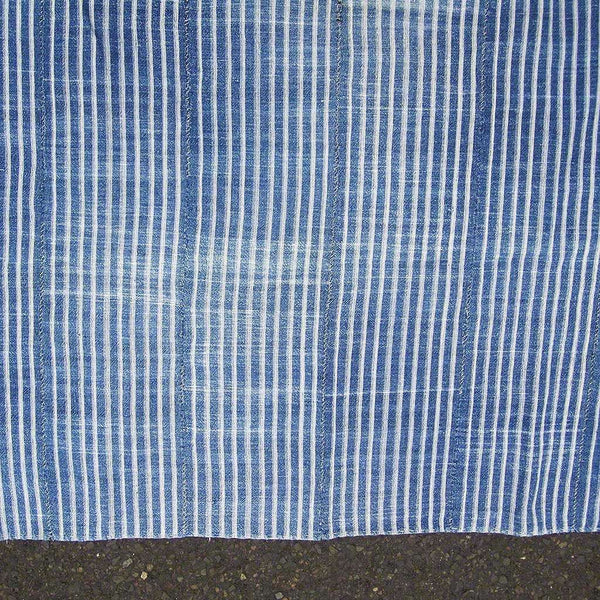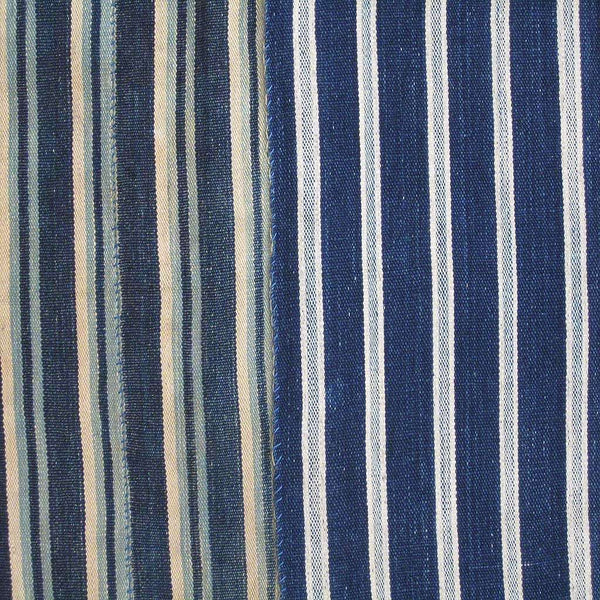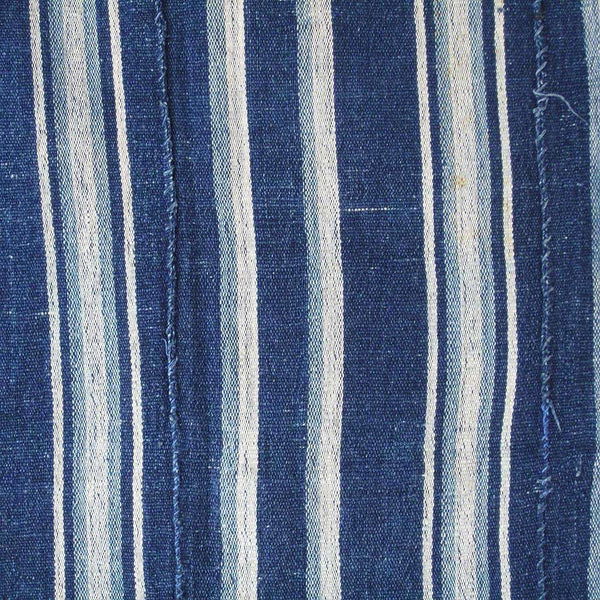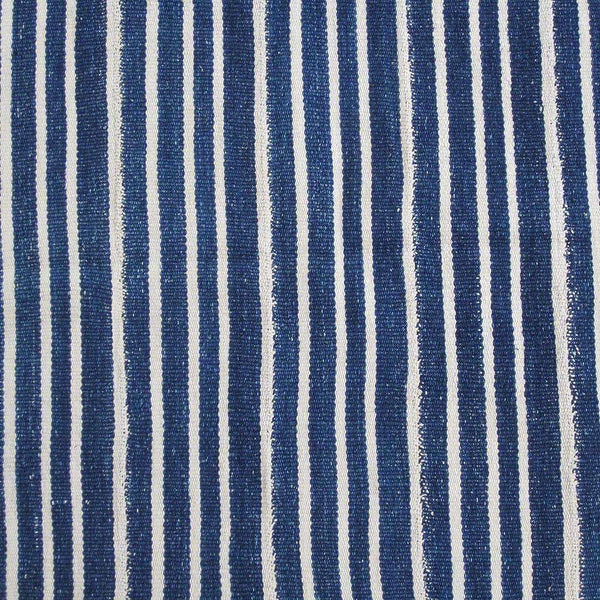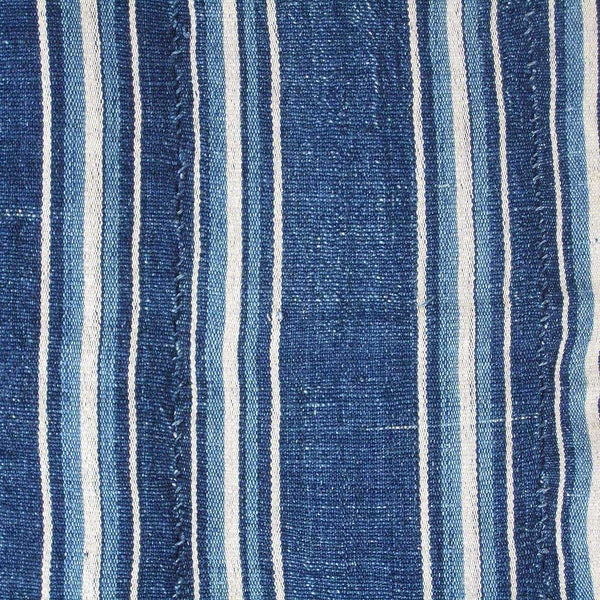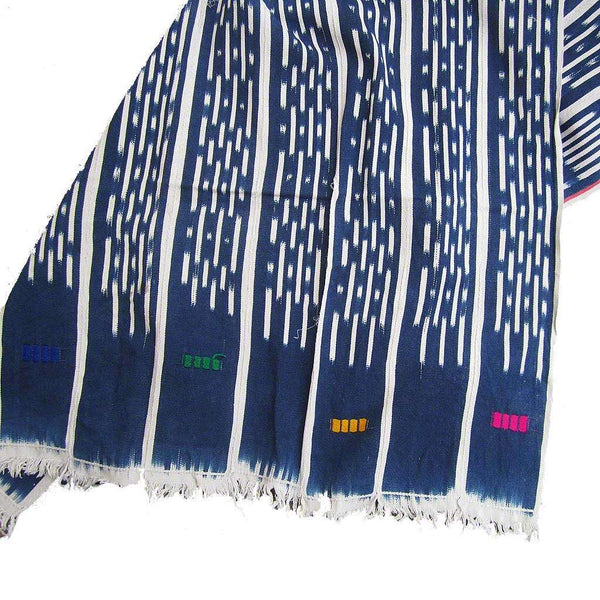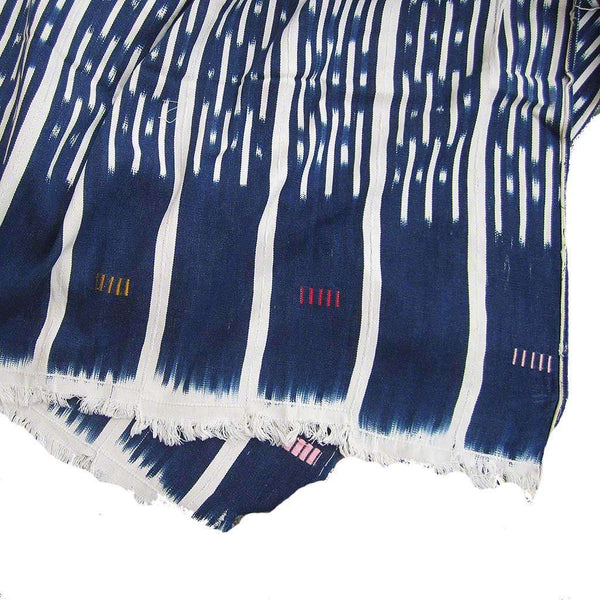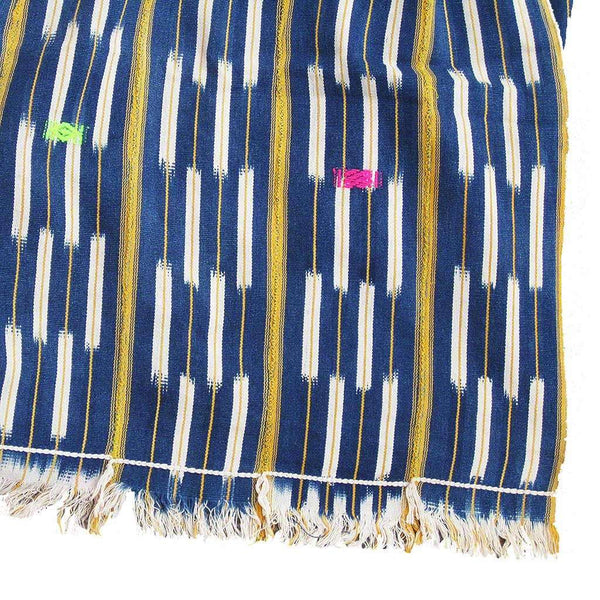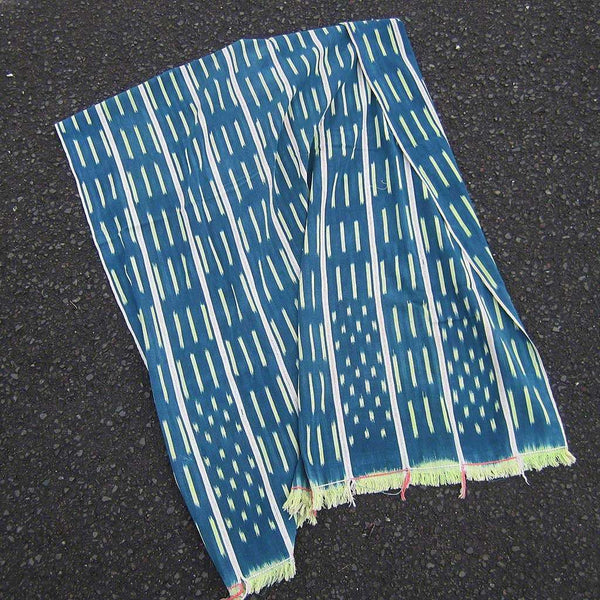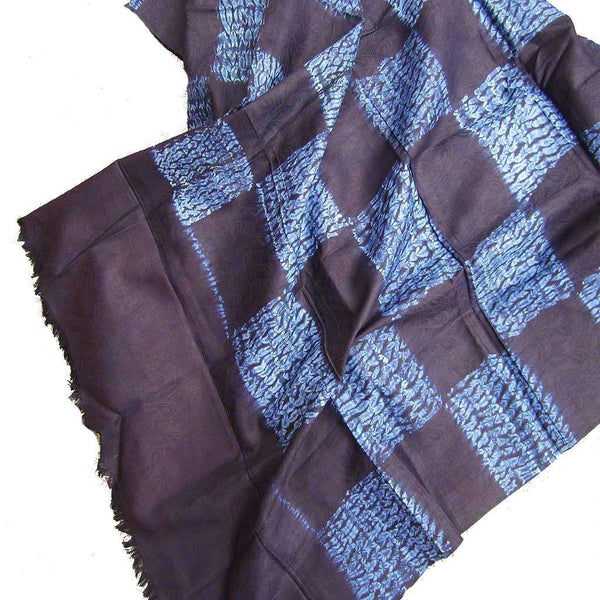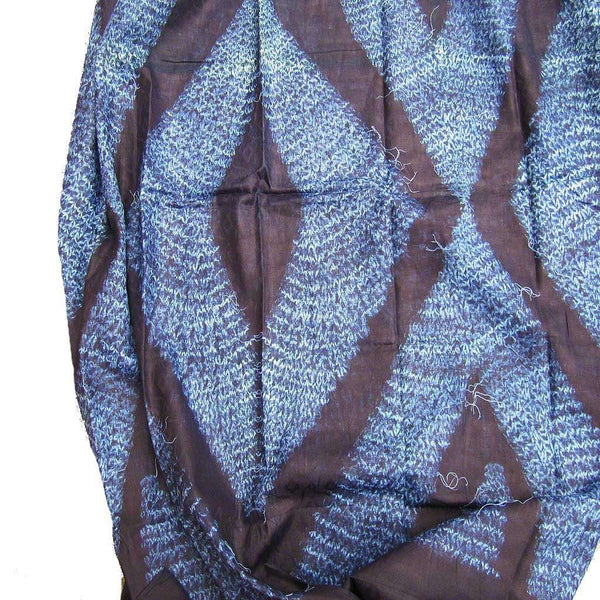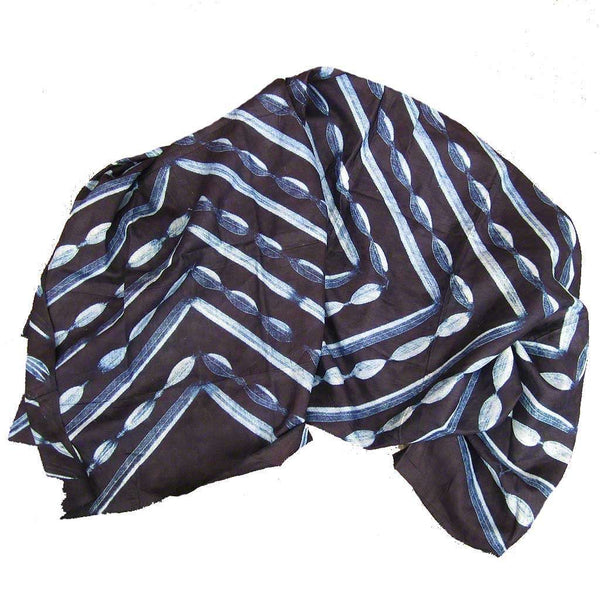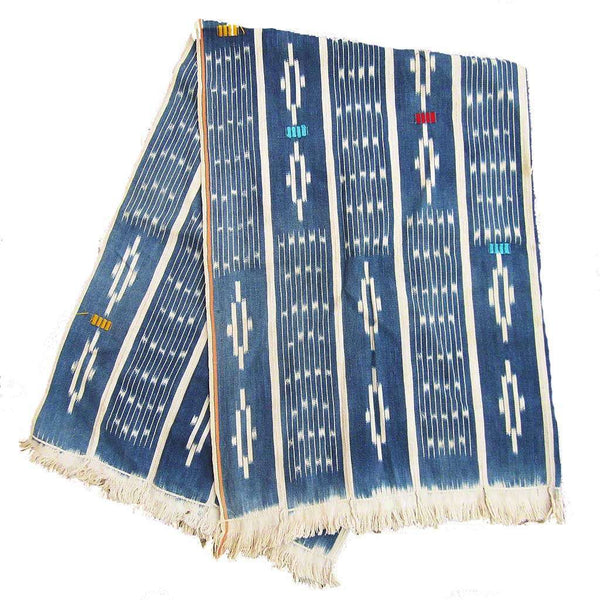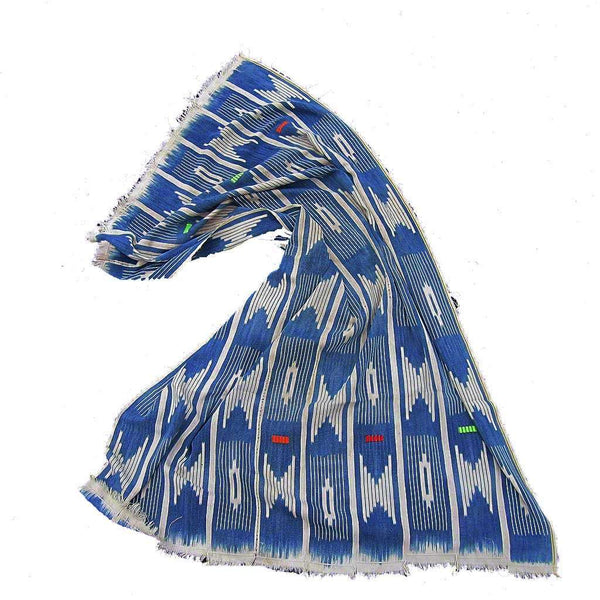Indigo
Natural indigo fabrics from West Africa are renowned for their rich, deep blue hues and the intricate artistry involved in their creation. These textiles, often handwoven from cotton or other local fibers, are dyed using traditional methods that harness the power of the indigo plant. The process is a labor of love, involving multiple immersions of the cloth in indigo vats, often resulting in a range of blues from light sky to the deepest, almost black, shades. Resist-dyeing techniques, such as tie-dyeing, stitching, or using cassava paste as a resist, are employed to create striking patterns that often carry symbolic meaning within their respective cultures. These patterns, passed down through generations, can represent proverbs, social status, or family history. Beyond their beauty, natural indigo fabrics hold cultural significance, often used in ceremonies, as markers of identity, and as treasured heirlooms. The slow, meticulous process and the natural dyes result in textiles with a unique depth of color and a soft, textured feel, making them highly prized for both their aesthetic and cultural value.
#IndigoFabric #WestAfricanTextiles #NaturalDyes #HandwovenTextiles #AfricanTextiles #TieDye #ResistDye #IndigoDye #Batik #AfricanArt #TextileArt #VintageTextiles #BohoDecor #EthnicDecor #Handmade #SupportArtisans #SlowFashion #CulturalHeritage #TextileDesign
